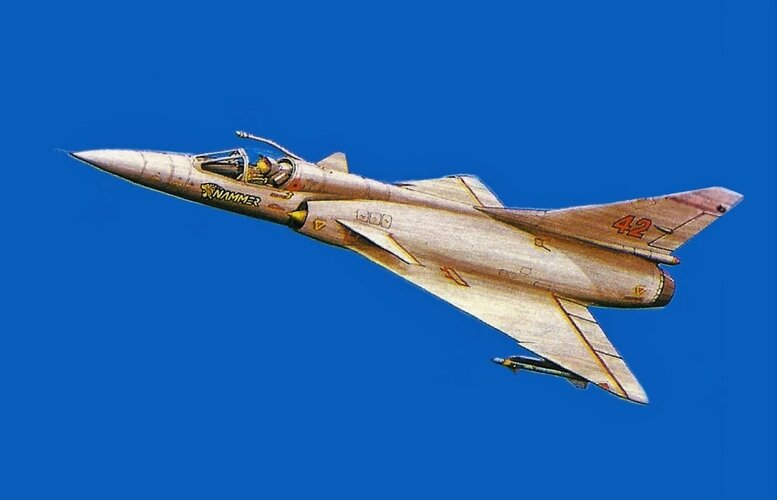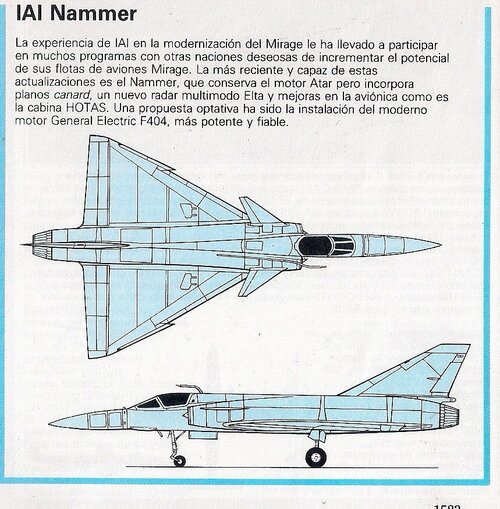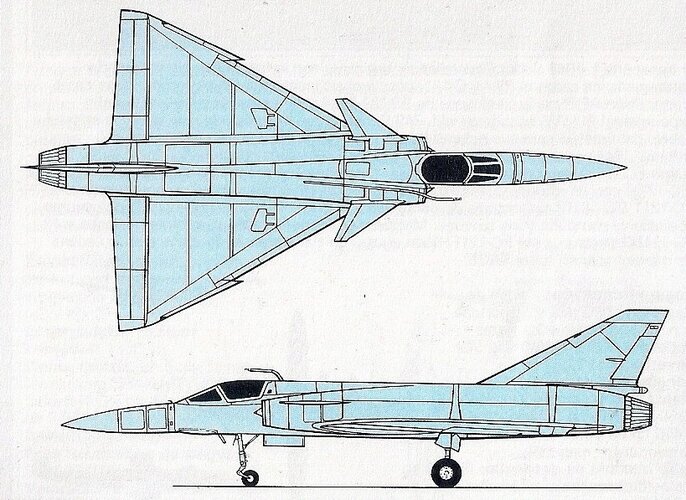Your suggestion makes a certain sense--which makes the historian in me doubt that it can be correct. The reasons behind events are seldom so neat and tidy.Considering all the money invested by the USA, I have long wondered if Lavi was merely a USAF Research and Development program that Americans never expected to enter production. Grumman learned plenty about composites when building Lavi airframe components. Lear-Seigler learned about auto-pilots and stability augmentation systems, Sunstrand learned auxiliary power systems, etc.
Israel also learned how to build first-rate intercept radar that they retrofitted to a dozen other types of airframes.
US support for the Lavi was driven by a messy, conflicted combination of domestic politics, economic interests, and foreign policy. In the US, popular support for Israel was strong. Israel had a can-do attitude and a reputation for being better than anyone at everything military. So politics favored funding the Lavi. But, at the same time, in the wake of the Oil Crisis and the Iranian Revolution, US business interests strongly favored Gulf monarchies with oil to sell and money to spend on American goods, particularly weapons and more particularly aircraft. The Lavi directly competed with the aircraft on offer and benefited from the technology developed for them. So their was also strong domestic opposition to, on the one hand, giving away funding for a project that undercut US corporate bottom lines and, on the other, risking the loss of deep-pocketed Arab customers. Simply put, paying for Lavi meant losing money rather than making it.
The US government could manage the balance only so long as the Lavi remained an inexpensive, lightweight fighter closely tailored to Israel's peculiar requirements. Once it was an advanced fighter on a par with anything in the world, it was on shakey ground. And at that moment, costs started to balloon, giving the forces that wanted to kill the program the extra everage they needed.
Lavi was doomed from the start, in my opinion, because it never made political-economic sense. Nesher/Kfir were viable because they were relatively simple projects that the Israeli economy could support on its own, once the French technology was acquired. But Lavi was inconceivable without the US to pay almost all of the bills, and US support could not last under the circumstances prevailing in the 1980s.



